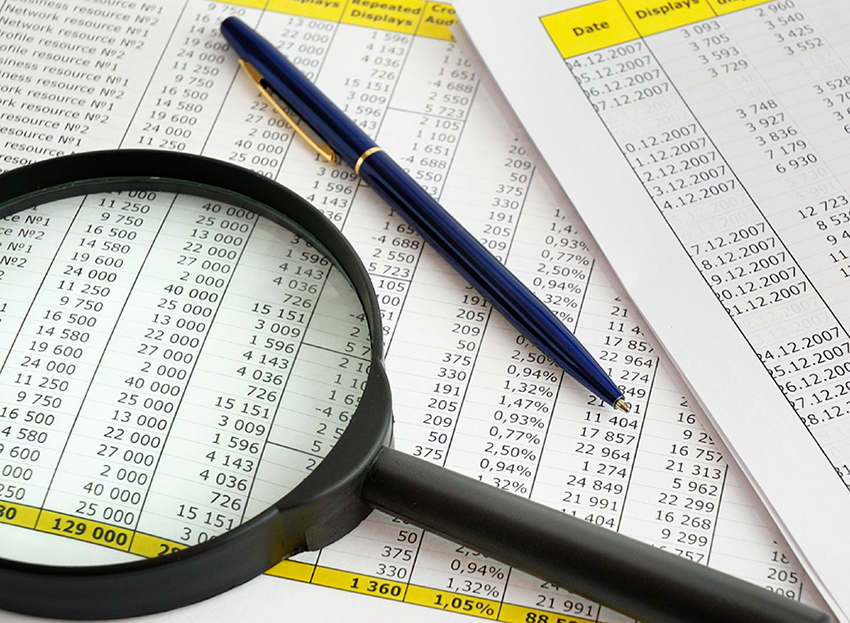Planning an Evidence-Based Decision Support System for Safe and Secure Stations
Safety and accessibility are key aspects of sustainable cities, particularly when it comes to public transport and train usage, as well as reducing dependence on private vehicles. Stakeholders in planning require continuously updated information to make informed, evidence-based decisions. However, there is currently no reporting system for safety and security incidents affecting passengers and staff within our rail system.
The aim of this research project is to explore the conditions for developing and implementing a national platform for incident reporting as part of a future evidence-based decision support system for safer and more secure stations. We will investigate how an incident reporting chain could be structured and implemented, starting from an individual traveler reporting an incident to the recipient(s), and further on—how the information can be utilized. To achieve this aim, we will:
1) Explore organizational aspects, identify and engage relevant stakeholders for an evidence-based decision support system, and assess their needs.
2) Examine existing technical solutions for an incident reporting system.
3) Evaluate potential operational processes and scenarios for implementing the platform, i.e., moving from concept to action in creating a national incident reporting platform.
Deltagande i projektet: Vania Ceccato, KTH, Gabriel Gliori, KTH, Catherine Sundling, Södertörns Högskola
Projektperiod: 2024-2025
Finansiering: Trafikverket

